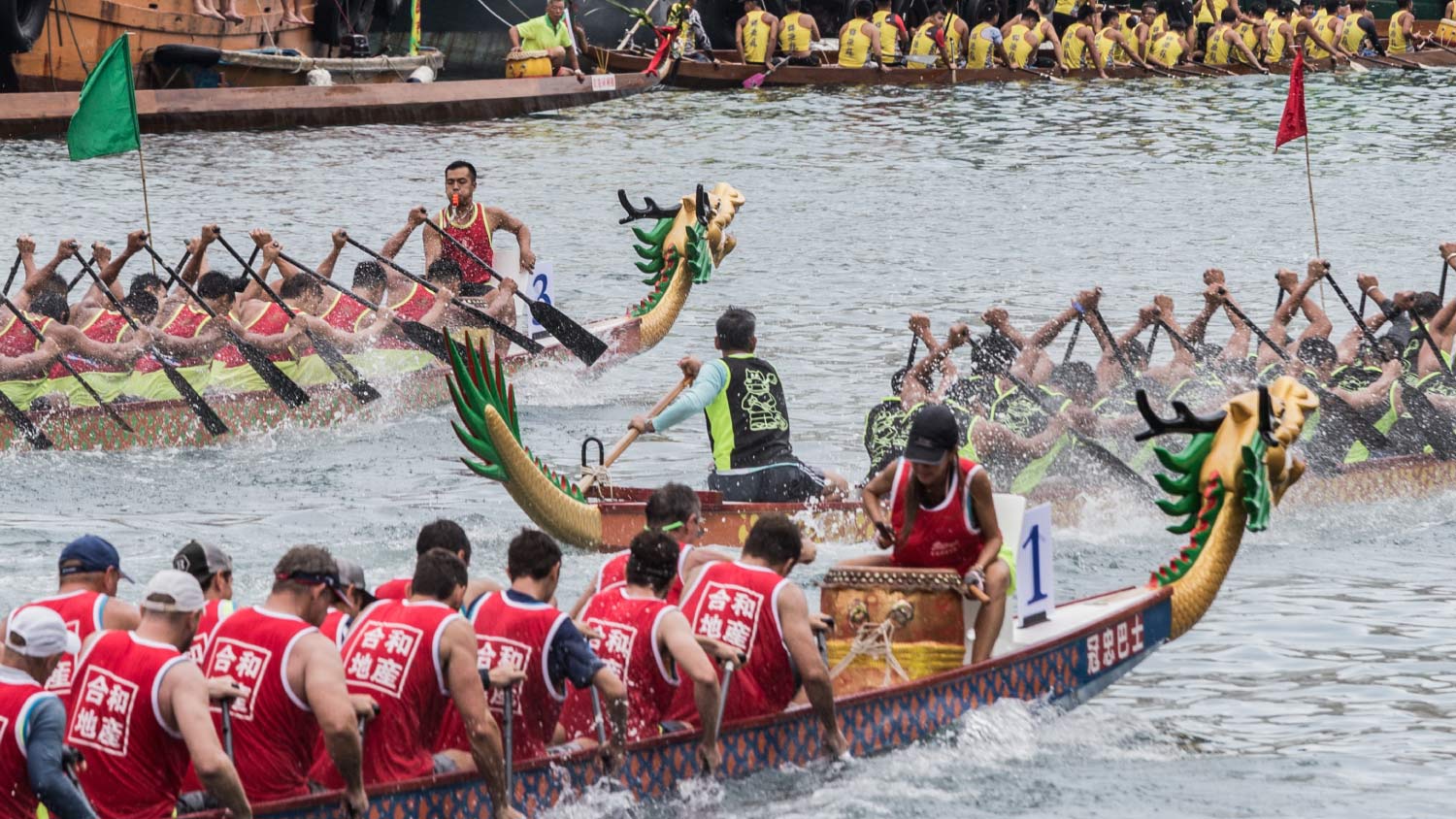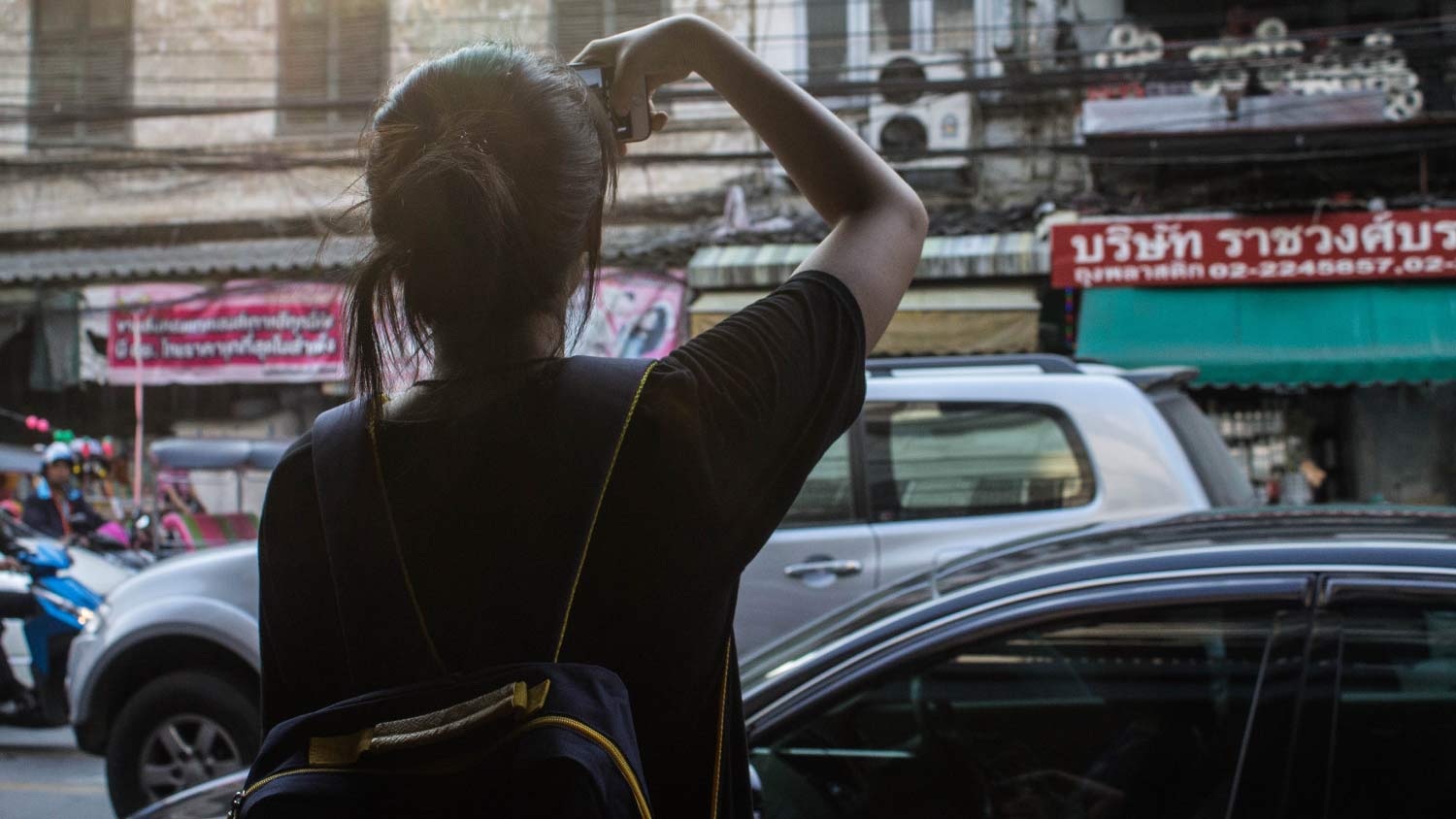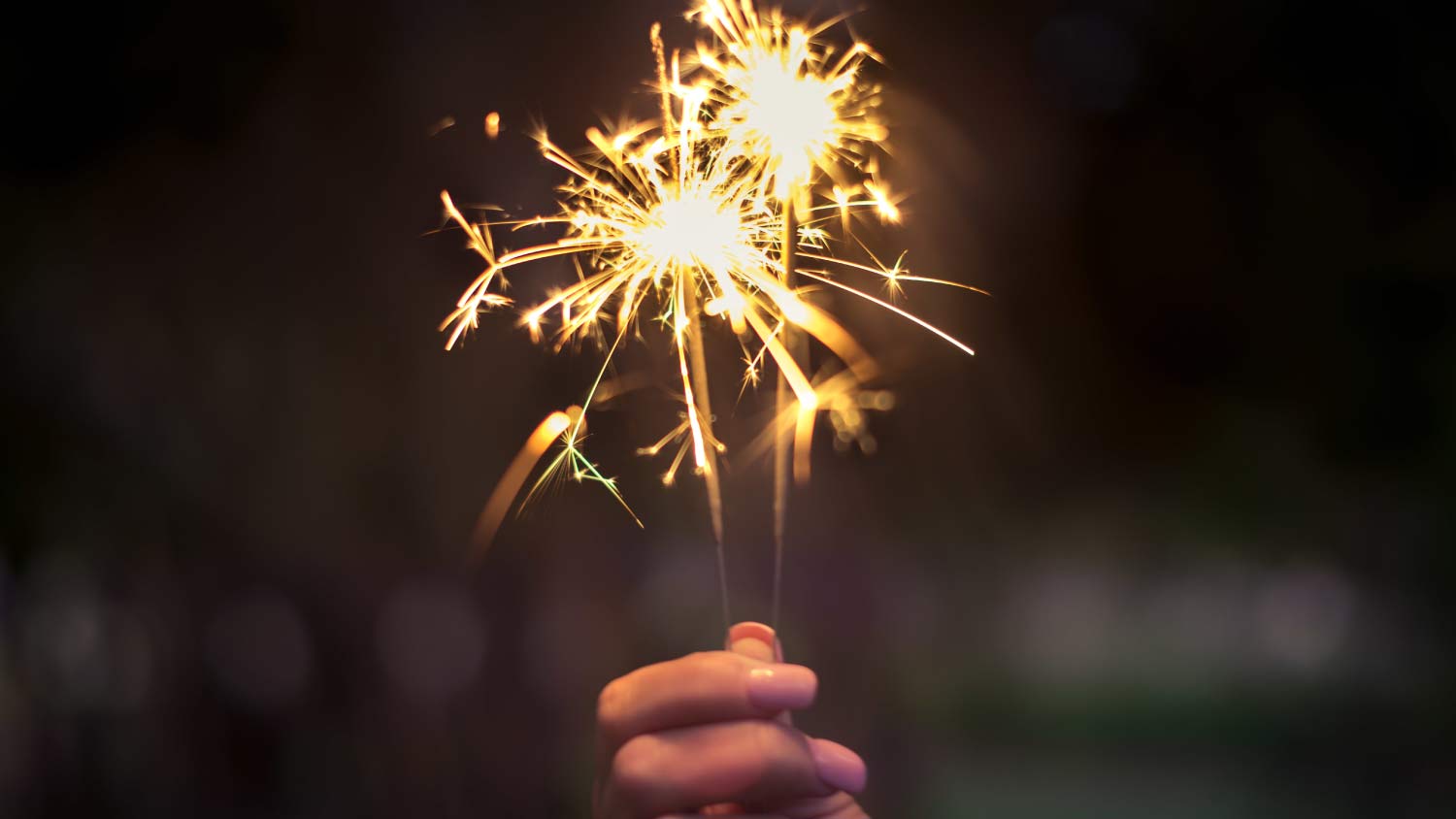Regardless of the niche you occupy in the tourism industry, holidays are a good time to aggressively promote your business. These are peak periods for the budding traveller, and it only makes sense to tap into the opportunities they present. This could mean hiring an influential KOL or offering great discounts to potential visitors. China has a long list of holidays, so if you’re unsure of when tourists are most likely to book their next outbound trip, here are holidays to keep in mind to ensure your business gets off to a flying start in 2020.
1. Chinese New Year
New Year is celebrated worldwide, and it’s no different in China. Also called Lunar New Year or Spring Festival, the Chinese New Year is not celebrated on a particular date since it follows the lunar calendar. However, it comes with a 7-day holiday period that usually falls between late January to middle of February. It is customary to visit family and loved ones during New Year holidays, making it an important peak period for travel. The country’s National Immigration Administration disclosed that outbound trips rose to 6.31 million in 2019, up 12.5% from 2018.
2. National Day
The Chinese National Day and Mid-Autumn festival are vitally important for Chinese workers. National Day is a week-long holiday period beginning 1st October every year. While the one-day Mid-Autumn Festival depends on the lunar calendar. The 2020 Festival is slated for October 1, stretching the holiday periods to 8 days – as is done when the two overlap. Millions of Chinese tourists traveled during October 2019, with Japan, Singapore, Thailand, U.S. and Australia among the most visited countries. Trips to destinations in Latin America and Africa also peak during this season.

3. Labor Day
Labor Day is another key holiday for businesses targeting Chinese tourists. Once a “Golden Week” holiday, the International Labor Day is now celebrated in China with a 1-day off. However, in 2020, the holiday is billed to last 5 days, starting Friday, May 1st. Travel bookings went up north in 2019 during May, and the trend is only expected to continue in 2020.
4. Dragon Boat Festival
Dragon Boat Festival follows the Lunar holiday and is expected to fall between May and June. Because it is celebrated with only a day off, outbound trips to long-haul destinations may not compare to New Year and National Day holidays. Still, a growing rise in trips to destinations outside China during this period makes it a worthy time to ramp up marketing efforts.

5. Qing Ming Festival
Also called the Tomb Sweeping Festival, Qing Ming is held on the 4th or 5th of April. The one-day holiday joins a three-day weekend and is usually dedicated for domestic trips, of which 100 million were recorded in 2018 according to data from the Chinese Ministry of Culture and Tourism.
6. Summer
The outbound tourism industry in China also booms in the Summer. And while there are no national events or holidays during this period, growth is fueled by family tourism, graduation trips, and academic tourism. New Zealand, Australia and Nordic countries were favorite summer travel destinations for Chinese travellers in 2018. Other countries likely to welcome Chinese tourists in July and August include Japan, Thailand, Russia, Singapore, Vietnam, Malaysia, US, UK, Spain and Canada.
7. 1st January
While January 1st is primarily celebrated in the Western World, the Chinese mark the event with a 1 day off. January 1st has little bearing on travel, but trips during the Christmas period have gradually risen in recent times. On the whole, it’s important to note that Chinese travellers’ decisions remain dynamic and subject to a confluence of factors. Which is why travel brands need to plan accordingly. This includes noting key pointers of traveller behavior such as:
Choice of Destination
Climate is a key factor here. Since it’s typically cold during the Chinese New Year, trips to warmer climes are more common. Conversely, locations in Russia and other cold regions enjoy patronage during warmer months of the Chinese year.

Length of Trip
National Day and Chinese New Year holidays are both week-long holidays, and expectedly record more trips to distant destinations than other holidays. Long-haul trips are also common during summer months as academic activities draw to a close.
Group Travel
With loved ones reuniting during Chinese New Year, group travels by extended families usually peak during this holiday, necessitating a wide range of services wherever travellers go. Retirees are more likely to fancy off-season trips, while high-spending travellers may not concern about budget and season when planning their trip.

To Wrap Up
From planning to booking, Chinese travellers plan their trip ahead of time, especially when journeying to long-haul destinations. Whether it’s hiring a KOL that resonates with your business or tweaking your accounts on top travel sites, it is important for businesses to start promotion early, say a month or two before a major holiday.
This way, brands are better able to monitor travel trends, tweak strategies appropriately and provide the right inspiration to attract more Chinese tourists on their next outbound trip.



